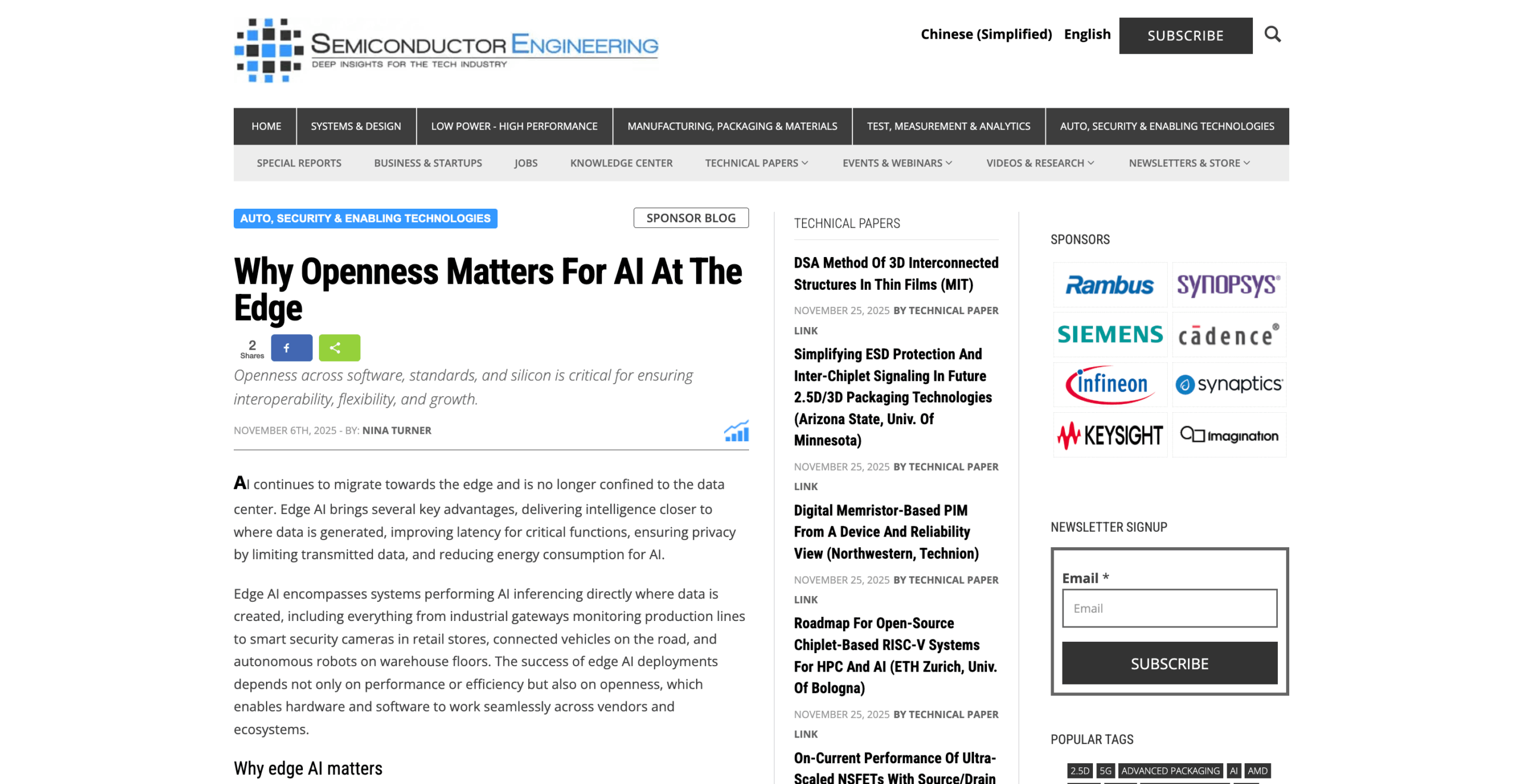
Throughout Renode’s history, Antmicro’s open source framework has been applied in a variety of use cases, some of them entirely expectable, given that the tool was initially created to cover embedded software development and testing needs, while others quite ingenious. Recently, a growing trend has seen Renode gain many users in education contexts, with the forced switch to distance learning as well as the general increase in popularity of online education making Renode’s ability to abstract out the physical component from edge device development a valuable asset.
Capable of simulating full SoCs, peripherals and heterogeneous multi-node systems, Renode enables you to run the exact same software you want to ultimately run on hardware, without all the issues that are inherent in working with physical components, such as tedious configuration (especially in more complex systems), manual re-flashing or difficulty sourcing hardware. Add to that easy configurability, extendibility and support of multiple architectures and you get a great tool for exploration, demonstration and education. That’s why, apart from appealing to system designers and hardware vendors, Renode is being adopted by a number of universities and other institutions interested in using Antmicro’s open-source framework for educational purposes.



